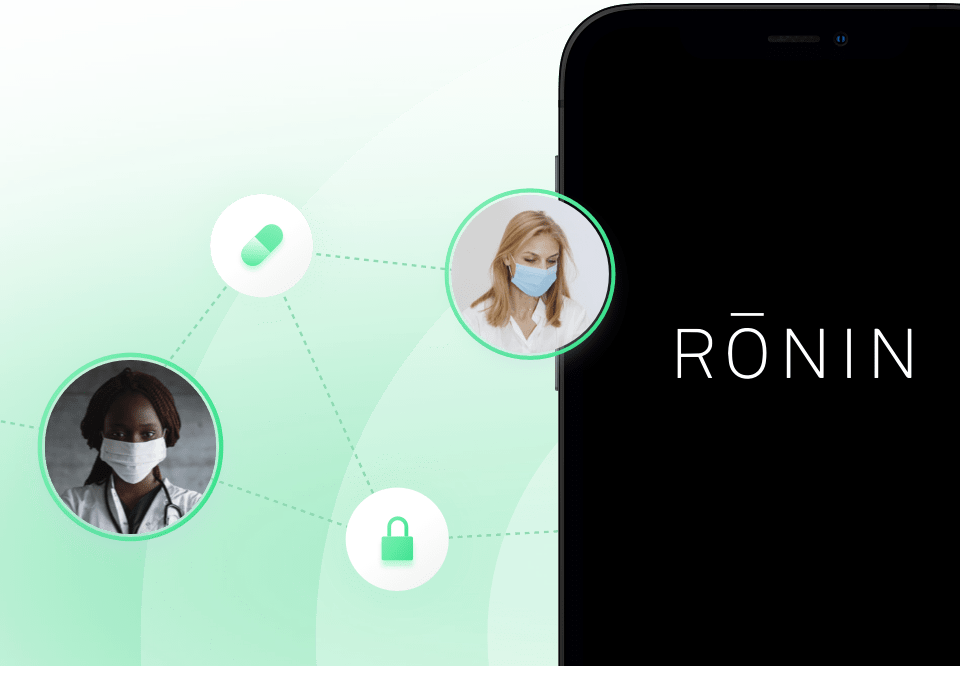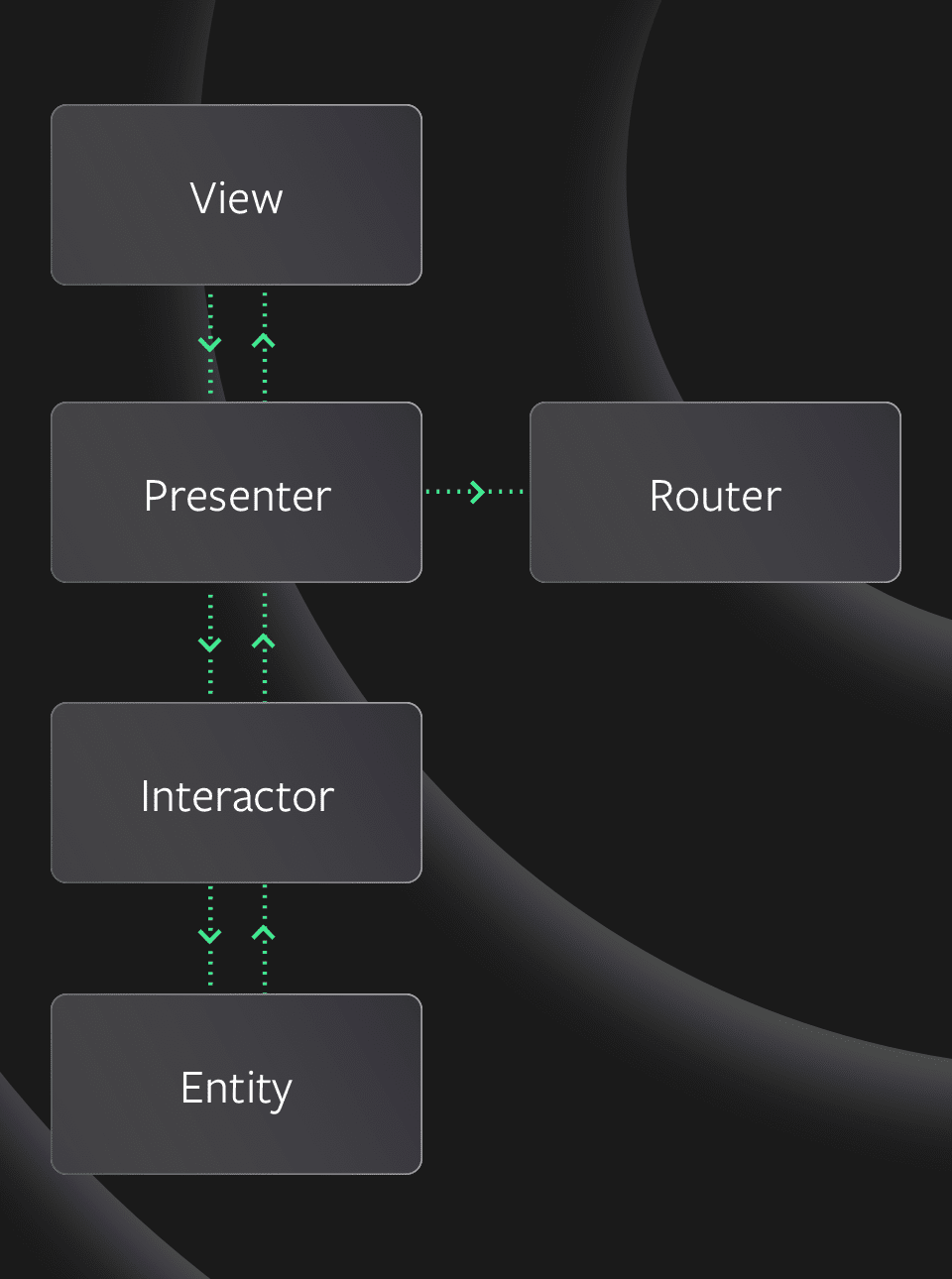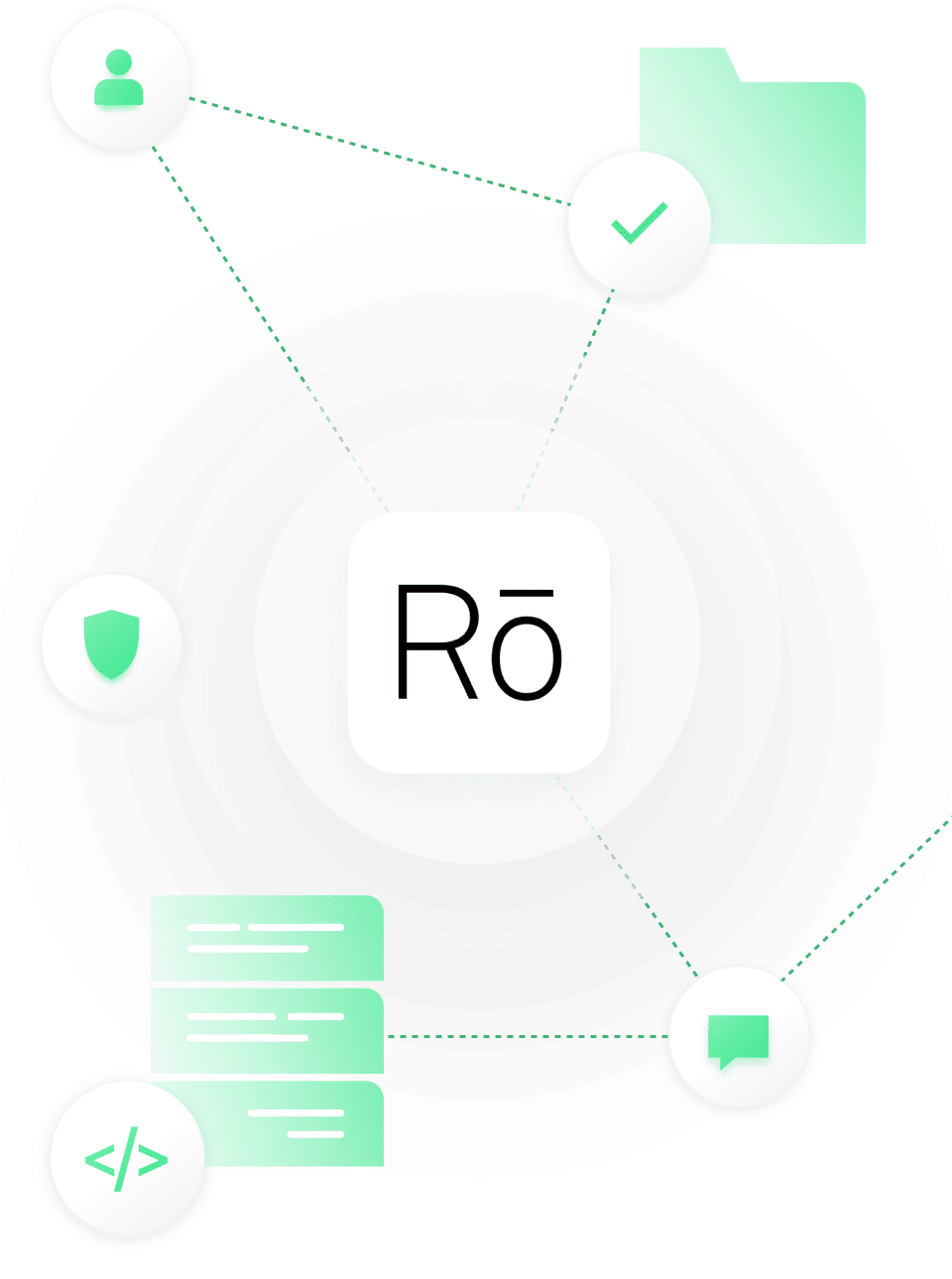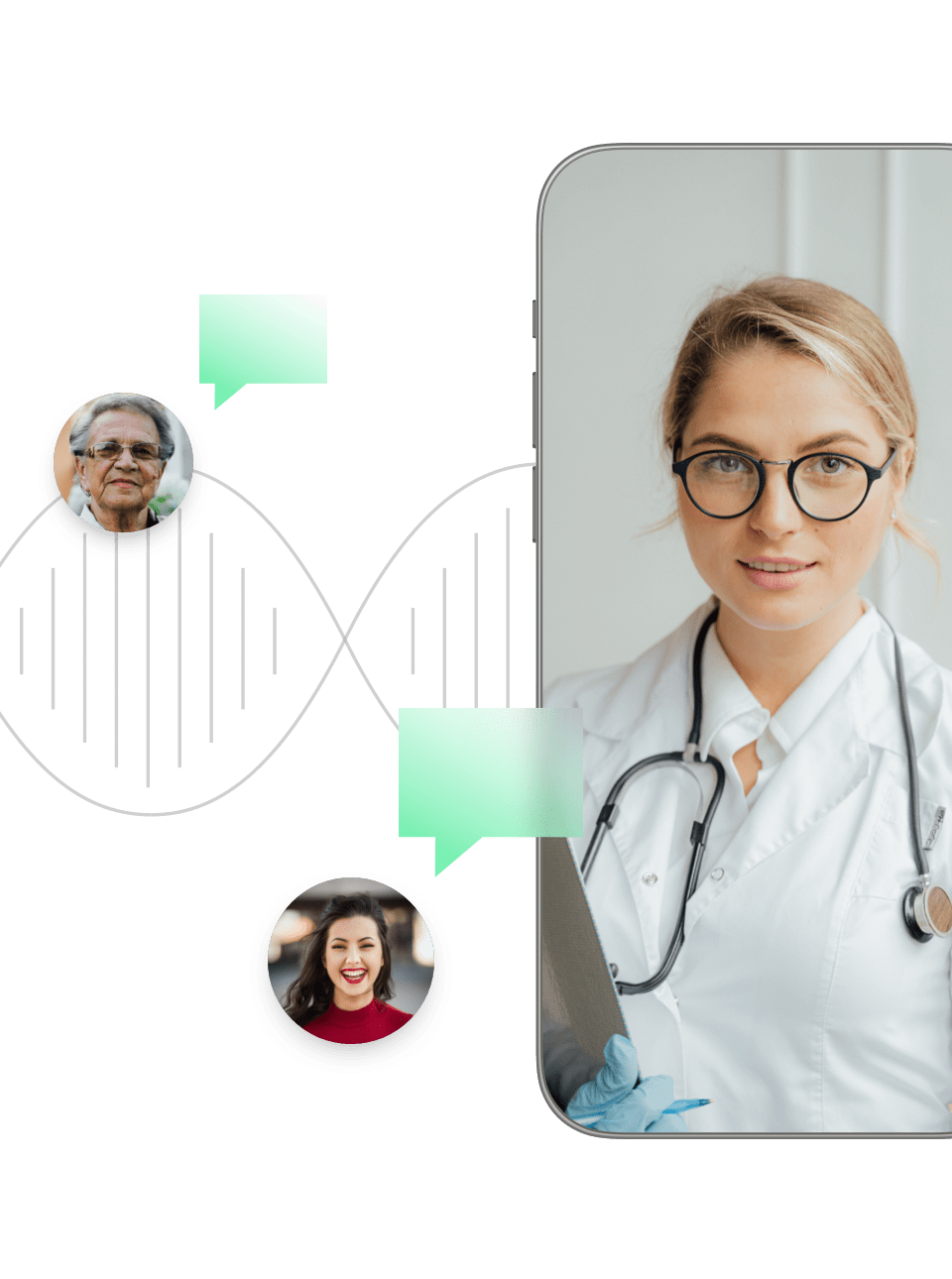

Based in the US, Project Ronin reached out to Pixelmatters to accelerate its mission of revolutionizing and optimizing cancer care by giving doctors and patients the tools they need to make better-informed decisions.
One of those tools was a Mobile App, which helped oncologists track patients' symptoms and side effects in real-time.


First things first — we were dealing with very personal and sensitive patients information that had to be protected. So, not only the app's security had to be bulletproof, but it also needed to be adapted to an older age group, given the majority of the patients were in advanced age.
While keeping up with those challenges, Pixelmatters and Project Ronin also had to develop a Mobile App capable of fostering a closer connection between oncology patients and doctors.


And how could we manage sensitive data? By following the Health Insurance Portability and Accountability Act (HIPAA) regulation, a federal law in the US that protects patient's sensitive data from being disclosed without their consent and knowledge.
So, besides implementing encryption mechanisms and secure connections with the server, Pixelmatters also used HIPAA-compliant tools to track analytics and trace bugs.


Data was safe and sound. But, we had to handle security too — we applied a biometrics authentication system, a two-factor authentication via SMS, and an automatic session expiration once the user exited the app.
By implementing intricate and elaborate encryption mechanisms, Pixelmatters ensured that attackers couldn't access sensitive information too. And even though the data was encrypted, it then could be used appropriately in hospitals.


First-time users also got a thorough onboarding process, essential to cross and match previously registered patients. Pixelmatters followed diverse security checks to create an intuitive onboarding experience, given it was the first step for the patients to access the Mobile App. While guaranteeing that patients met the terms of use and created login credentials, the onboarding also collected valuable data to match the patient to the correct doctor and clinic — a win-win situation.


How could we also help doctors make faster and better-informed decisions? By introducing a dynamic survey that the patient could fill, informing of any changes to their state. Doctors could then access them in real-time, allowing earlier intervention to manage side effects and decide the most suitable treatments. GraphQL turned out to be the most appropriate solution to handle all the necessary integrations to the survey's success on the server-side.
Pixelmatters strategically organized the questions, so patients quickly answer them. We prepared the survey to work offline — if the patient needed to leave the survey halfway, the app would save its data. Both doctors and patients got the survey's results, helping one another keep track of future steps.


But, we found that integrating FaceID and TouchID authentication systems in Android and iOS wouldn't be that quick after all. While Android released a new version with a new API to manage biometric authentication, React Native could take months to integrate this new API. That would add extra time to the project.
So the app transitioned from hybrid to native, which gave us the flexibility and agility needed to develop Android and iOS properly. With this experience, Pixelmatters learned the potential of both approaches.


There was a very collaborative and constructive phase on the iOS version development — Pixelmatters and Project Ronin's engineers chose to use VIPER. This design pattern follows SOLID principles as the foundation for scalability, testing, and maintenance.
Introducing this pattern allowed us to work more efficiently and independently, even with 8 hours timezone difference. Besides that, dedicating time to structure and design before jumping directly to development brought better customer applications and better relationships between colleagues.


With the Mobile App launch in 2019, Project Ronin keeps finding and creating new tools to achieve their mission — revolutionize cancer care treatment and diagnosis while bringing doctors and patients closer.



Thank you so much for all you've done to support Project Ronin and the patients we serve! We wouldn't be even close to where we are without you, either have every impact we have on a patient's life. You set the bar very high for quality and documentation, an essential precedent our mobile engineers continue to practice.
Lena Morrison
Associate Director of Product Management at Project Ronin


Project Ronin's Mobile App is not just bringing patients and doctors closer and more connected. It is empowering healthcare organizations and professionals to make more reliable decisions, showcasing one (of the many) life-changing possibilities when combining Healthcare and Technology.